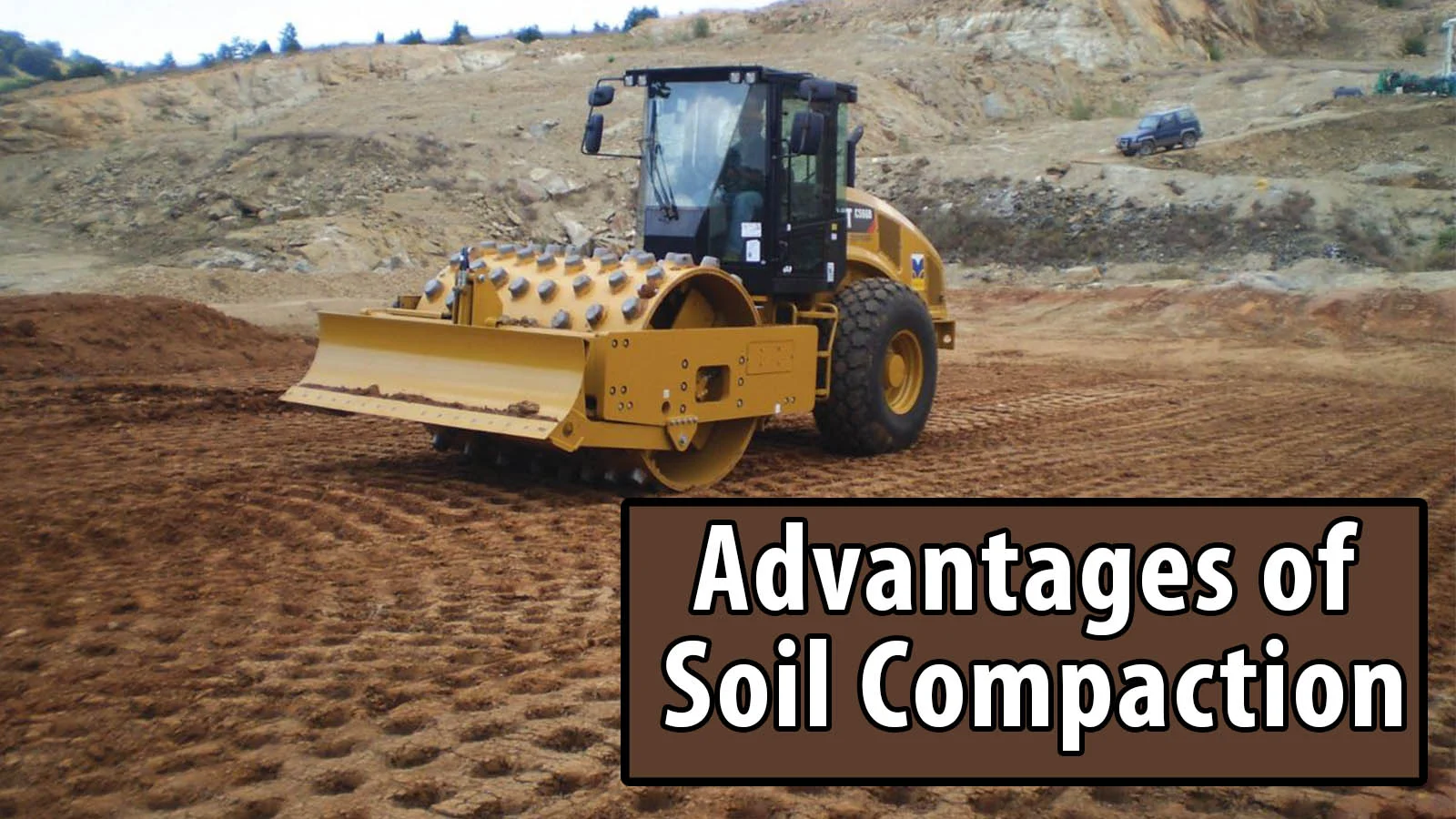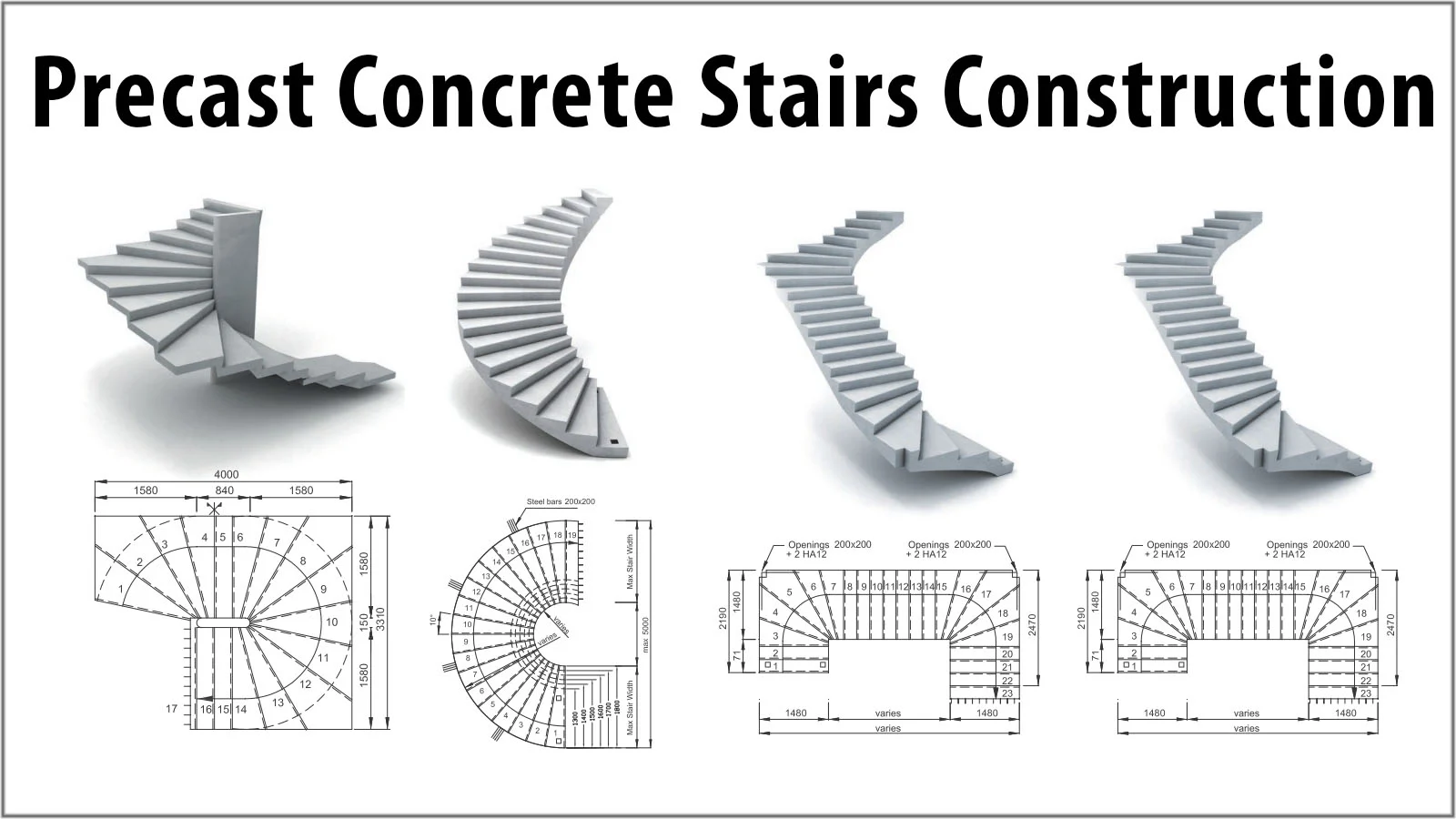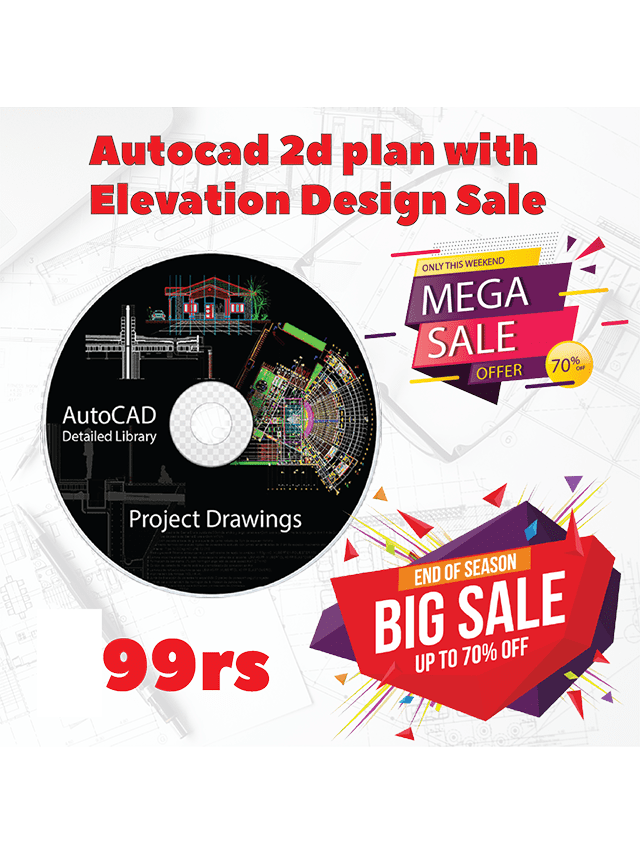Ground Improvement Using Vibro Compaction

Ground Improvement Using Vibro Compaction
Concept of Vibro Compaction
Particles of granular soil can be rearranged by vibration in such a way that they obtain a higher density. In non cohesive soils (granular soils), the effective depth of surface compactor and vibratory roller is limited to a few meters below ground level and the larger depths can be reached by deep compaction methods using depth vibrators. The method is referred as Vibro compaction.
The depth vibrator is lowered into the ground under its own weight assisted by water flushing from jets positioned near the tip of the vibrator (i.e. bottom jets).Experience has shown that penetration is most effective if a high water flow rate is used,as opposed to high water pressure.On reaching the designated final depth, the bottom jets are closed and flushing continued by water from jets positioned near the top of the vibrator.These jets direct water radially outward, assisting the surrounding sand to fall into the space around the vibrator.The vibrator is maintained at the final depth until either the power consumption of the vibrator reaches pre-determined amperage or the pre-set time intervals have elapsed, typically 30–60sec, whichever is the sooner.
Read More Methods of Determine the Bearing Capacity of Soil
When the amperage/time criterion is satisfied, the vibrator is raised to a pre-determined height, typically 0.5–1.0m, and again is held in position for the pre-set time or until the amperage reaches the target level, whichever is sooner. The vibrator is then lifted for the next compaction step and this procedure continues stepwise until the vibrator reaches the surface.
As a result of Vibro compaction, the occured settlement may range between 5% to 15% of the compaction depth depending on the original density and the desired density.A schematic showing the stepwise installation process of Vibro compaction is shown in Figure 1. When Vibro compaction is used for large areas, it is typically performed using either a triangular or rectangular grid pattern with probe spacing in the range of 2m to 4m c/c.
The spacing depends on several factors, including the soil type, backfill type, probe type and energy, and the level of improvement required.

Installation sequence of Vibro Compaction process
Quality Control & Quality Assurance
In general, quality management of Vibro compaction works are divided into two categories, namely monitoring of compaction parameters and post-compaction testing. The compaction parameters (depth and power consumption) are monitored using real-time computerised system throughout the construction process.The recorded data also printed simultaneously in real-time along with the probe reference number, date and time of compaction. This ensures proper documentation of the work done in order to verify desired end product is acheived.
Post- compaction testing is performed to ensure that the specifications are met. Typically, sounding methods are used to assess the effectiveness of the Vibro compaction. Dynamic penetrometer tests (DPT), standard penetration tests (SPT) and cone penetration tests (CPT) can be used. At present, CPT is the most popular post-compaction test. It is suggested to perform post-compaction testing at least one week after the compaction work such that excess pore water reduced to the initial level before compaction.
Applicability of the Vibro Compaction
Vibro compaction is used to increase the bearing capacity of foundations and to reduce their settlements.Another application is the densification of sand to mitigate the liquefaction potential in earthquake prone zones.Vibro compaction may be used as a ground improvement technique to support all type of structures from embankments to chemical plants. The use of vibro compaction mainly depends on the type of granular soil to be compacted. Depths down to 65 m have been improved so far by using Vibro compaction technique.
Limitations
Vibro compaction methods are most effective for sands and gravels with less than about 15 to 20 percent fines as shown below. Vibro compaction works performed for an oil storage terminal is presented below for better understanding of the technique and it’s performance.

Applicable soil types for Vibro Compaction and Vibro Replacement









